Vacant Land Repurposed In Detroit
People in the neighborhoods are taking the lead in what may be a model for the rest of urban America.
There are at least 24 square miles of vacant land in Detroit. So what to do with it all? Much of the vacant property has been taking over by weeds. Some have become dumping grounds for all sorts of waste, like tires, old appliances and mattresses. Lots and lots of mattresses. But throughout the city, folks are taking matters into their own hands, repurposing the land. There are many community gardens, like this one, to help people eat healthy foods and save money on groceries.
Some of the gardens are on land purchased from the city. But many of them are on land that people just take over and maintain. The fruits of their volunteer labors are shared with their neighbors.
I spent a day driving throughout the city and I found them in virtually every neighborhood. I’d turn a corner and there’s be another one! In some neighborhoods there are even as may as three on one block. Turning what were once desolate communities into thriving mixed urban and rural neighborhoods.
Not all the lots are being used to grow things. Some are turned into well maintained parks and playgrounds. Wooden playscapes and swing sets erected, not by the city, but by neighbors who have the acumen to make them, are popping up all over Detroit. This makeshift park on the city’s east side caught my attention because of the hammock, which I thought was a nice touch!
Some of the operations are too large to be called gardens and are more accurately referred to as farms. Growing a wide variety of produce. And in a sense returning Detroit to its roots. When the French settled Detroit in 1701 they created ribbon, or strip farms, anchored at the Detroit River, which provided irrigation. As the name implies, they were narrow and stretched northward from the river. Many of the main streets that today follow the paths of those farms have French names; after the farmers who worked the rich soil. Now many of the vacant lots on what were once those farms, later turned into residential neighborhoods, are reverting to their original status.
This farm, surrounded by houses and located just north of the Detroit enclave of Hamtramck, produces food which is then served fresh in a restaurant located a block north. From farm to table without transporting it across the country and without dealing with middlemen
All photos copyright Gary Baumgarten.
If you enjoy my postings please subscribe. There is no charge.
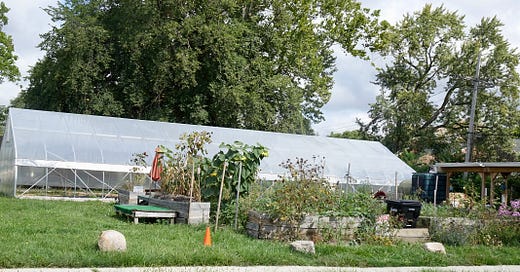



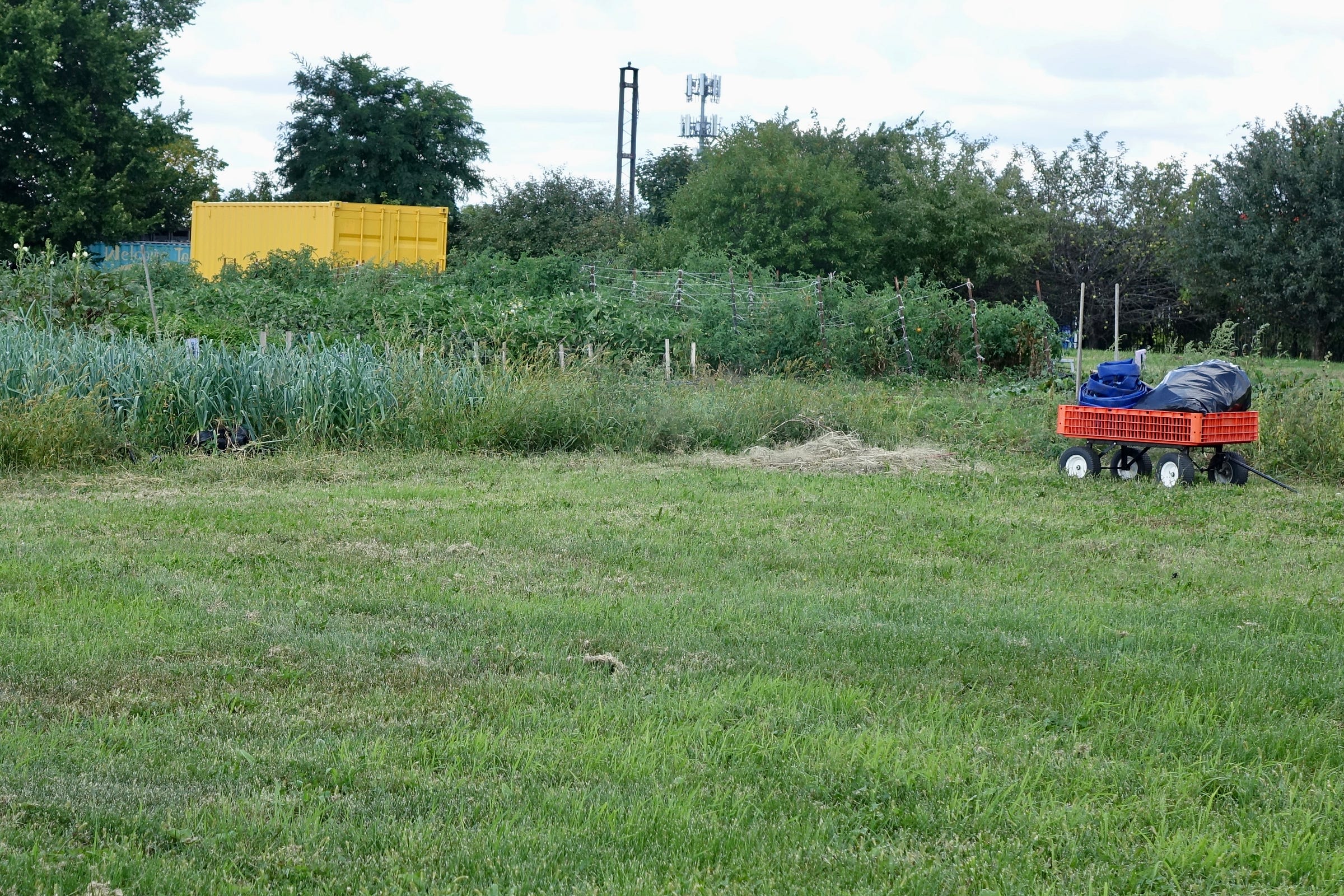
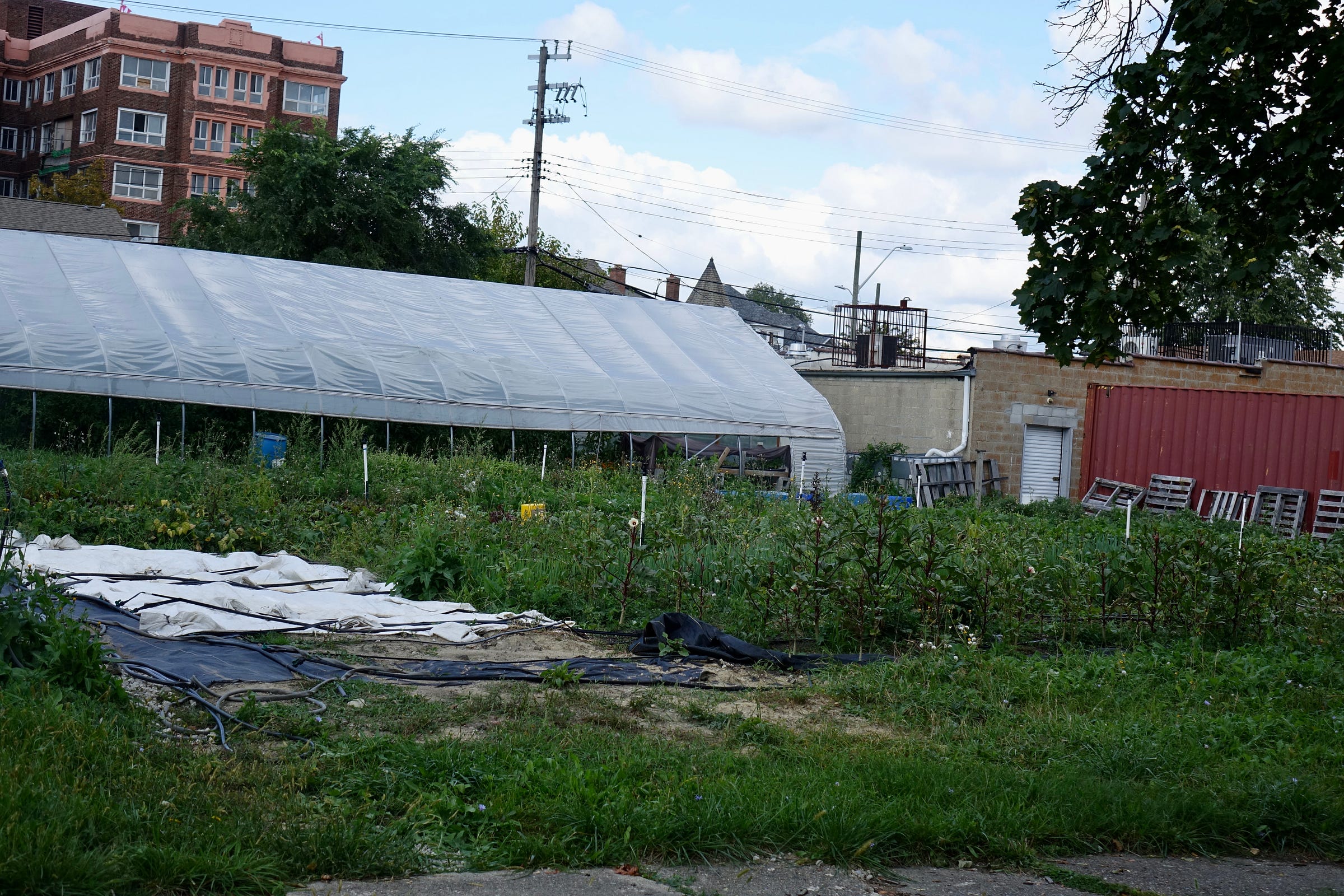
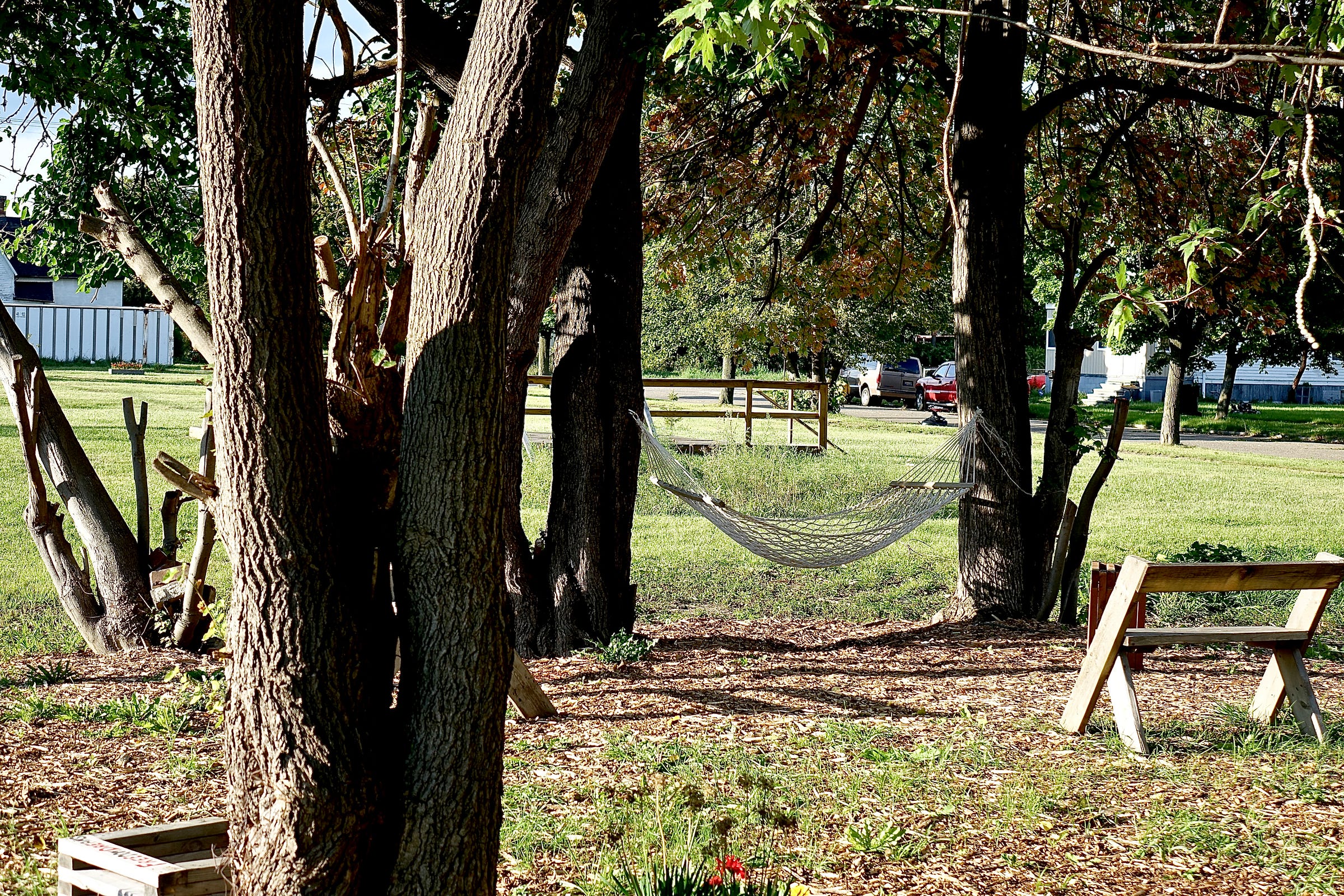

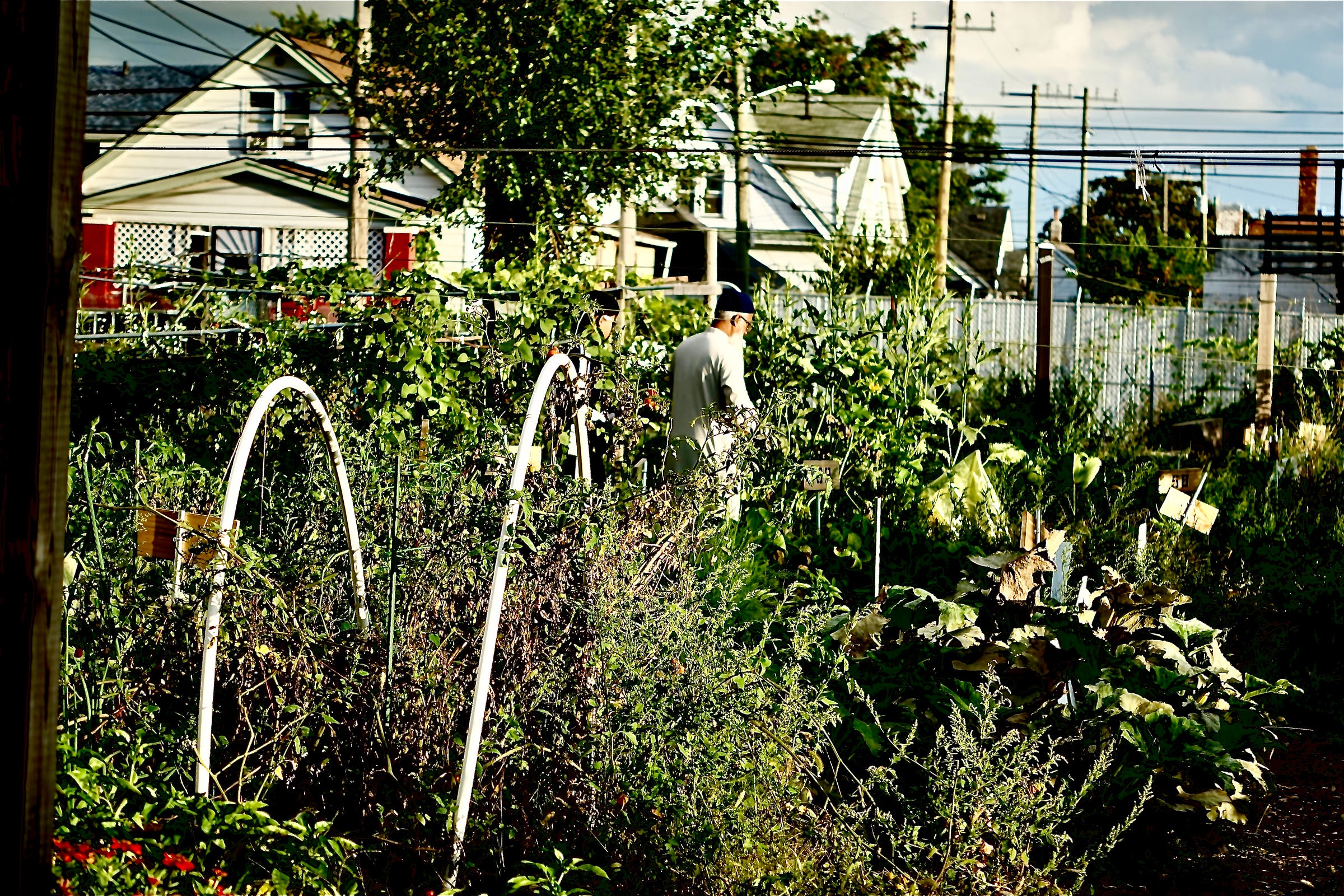

Farming in the D . . Good story 👍
Terrific observation Mark and you're right. Sometimes when we come together on one issue of common interest it leads to greater understanding across the board. God know we need more of this in our world today!